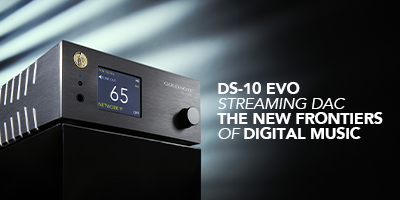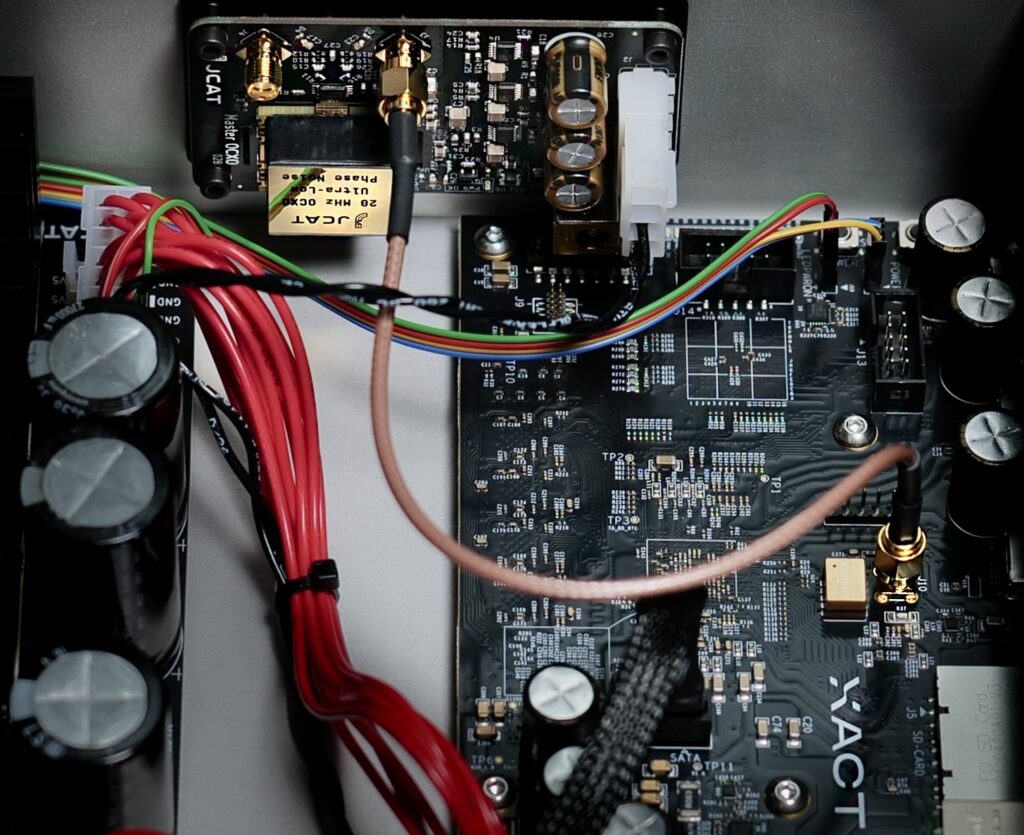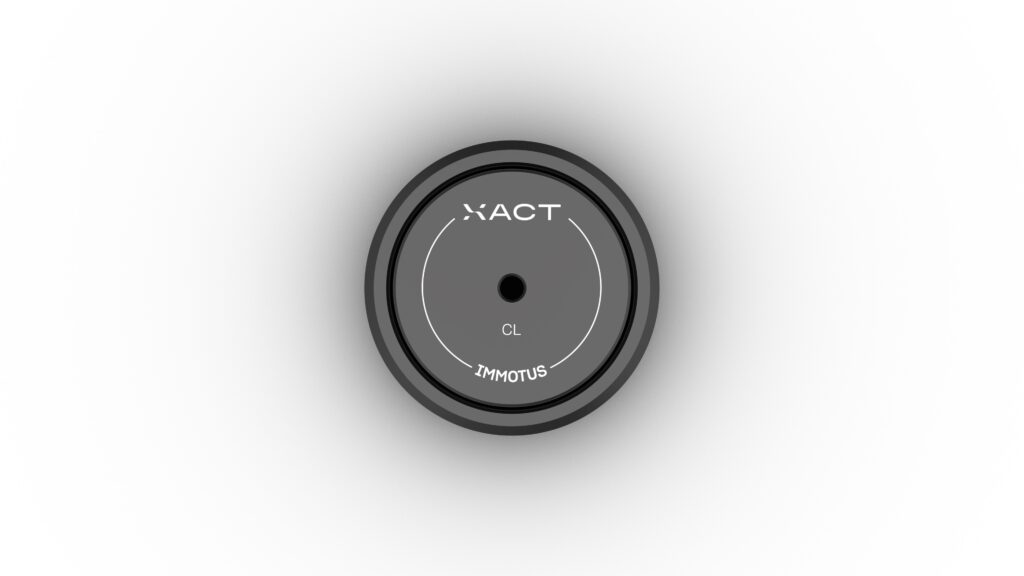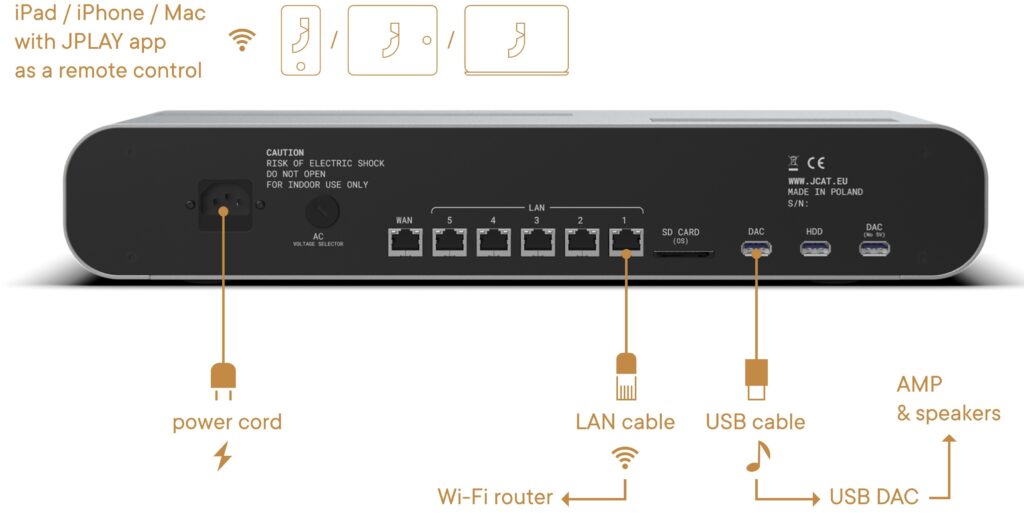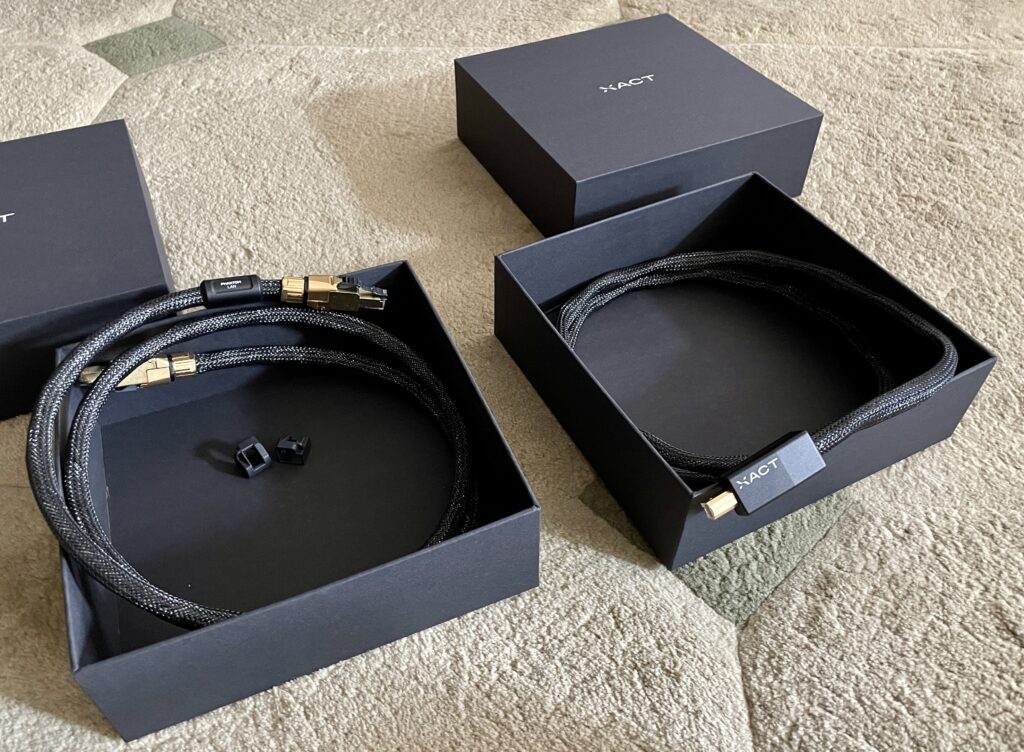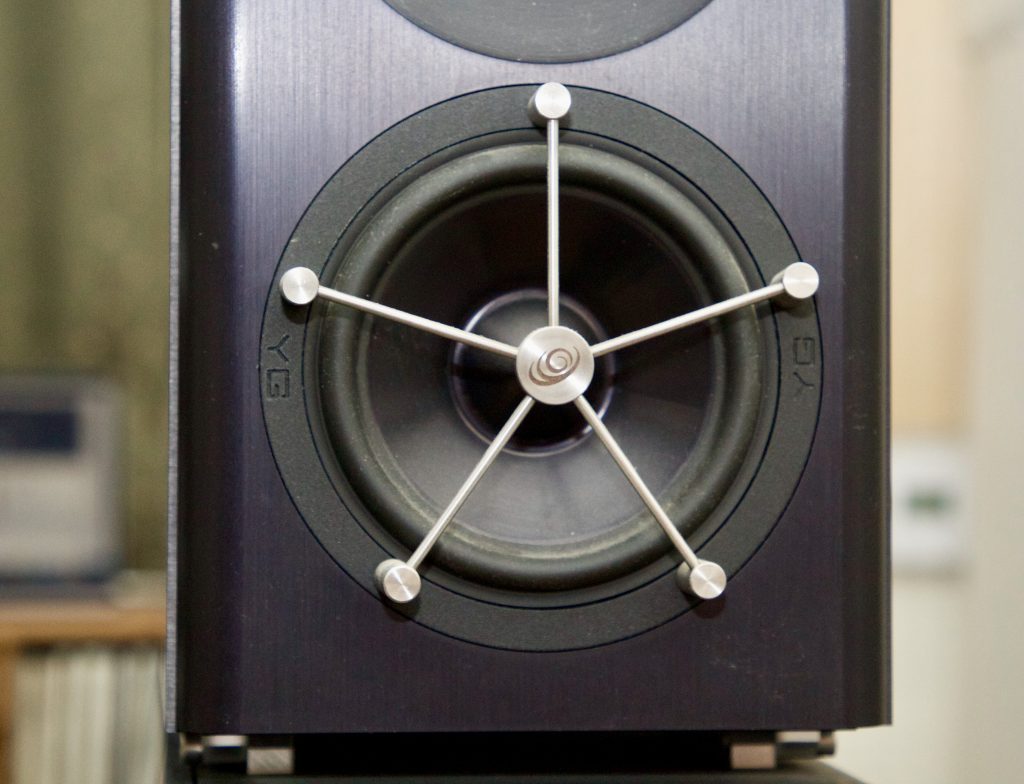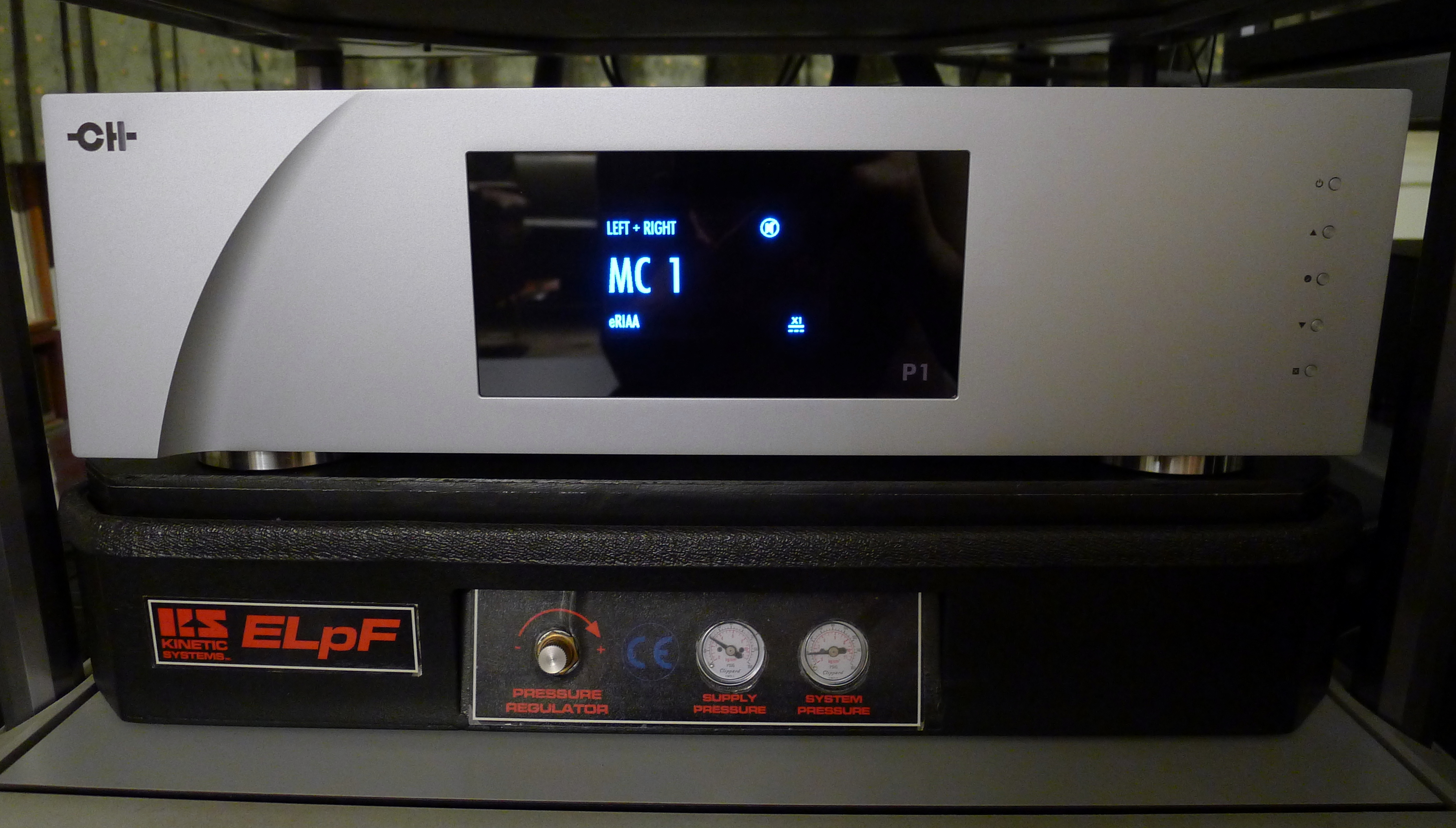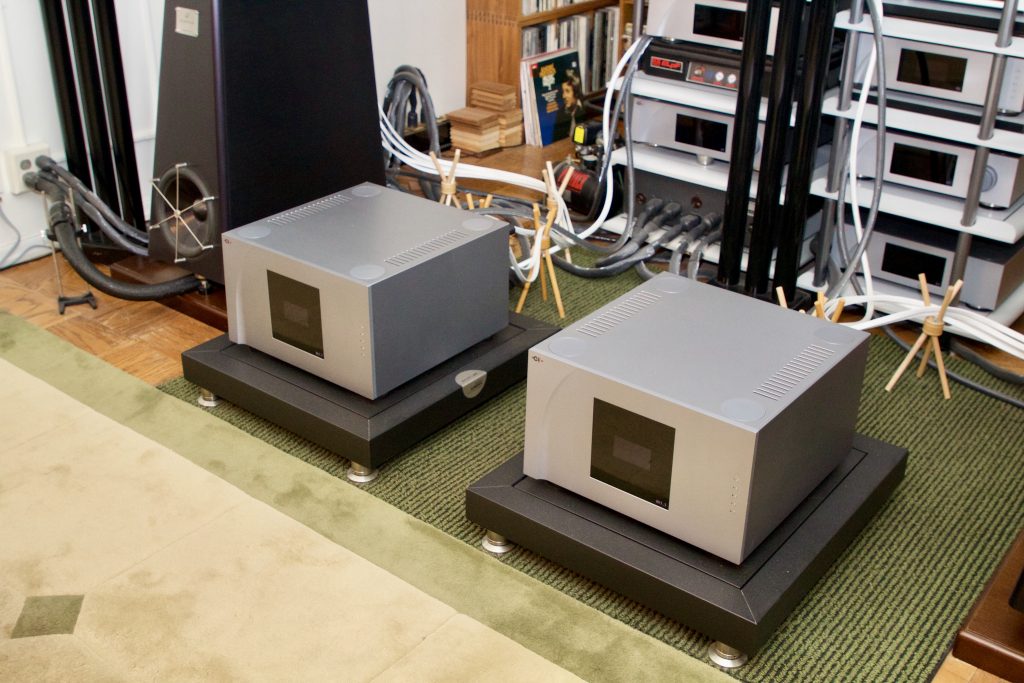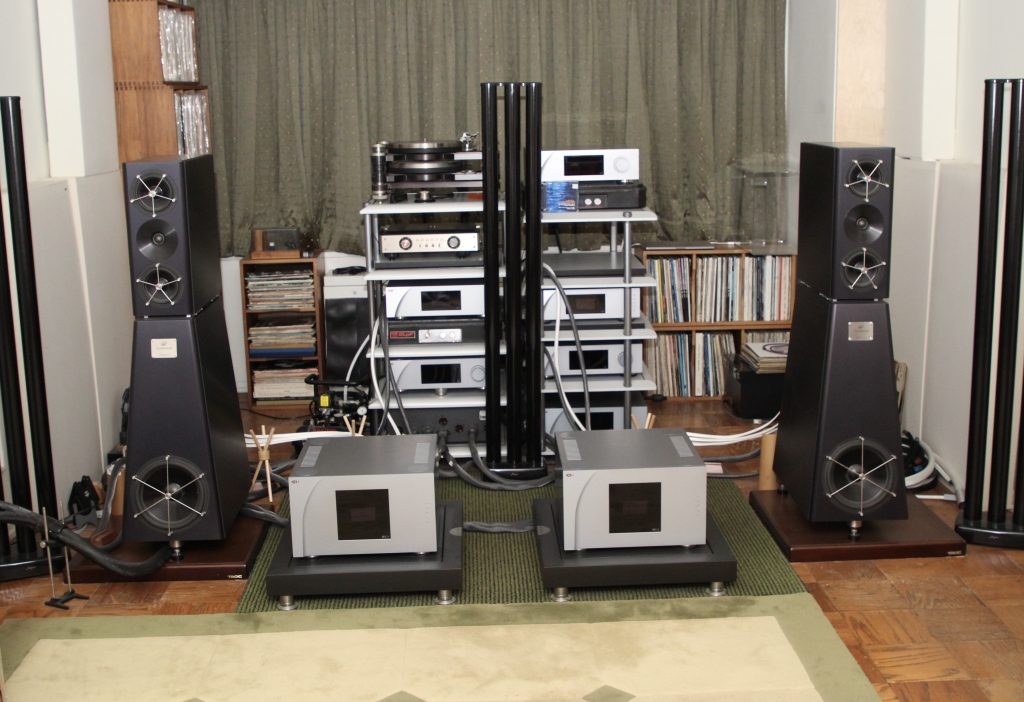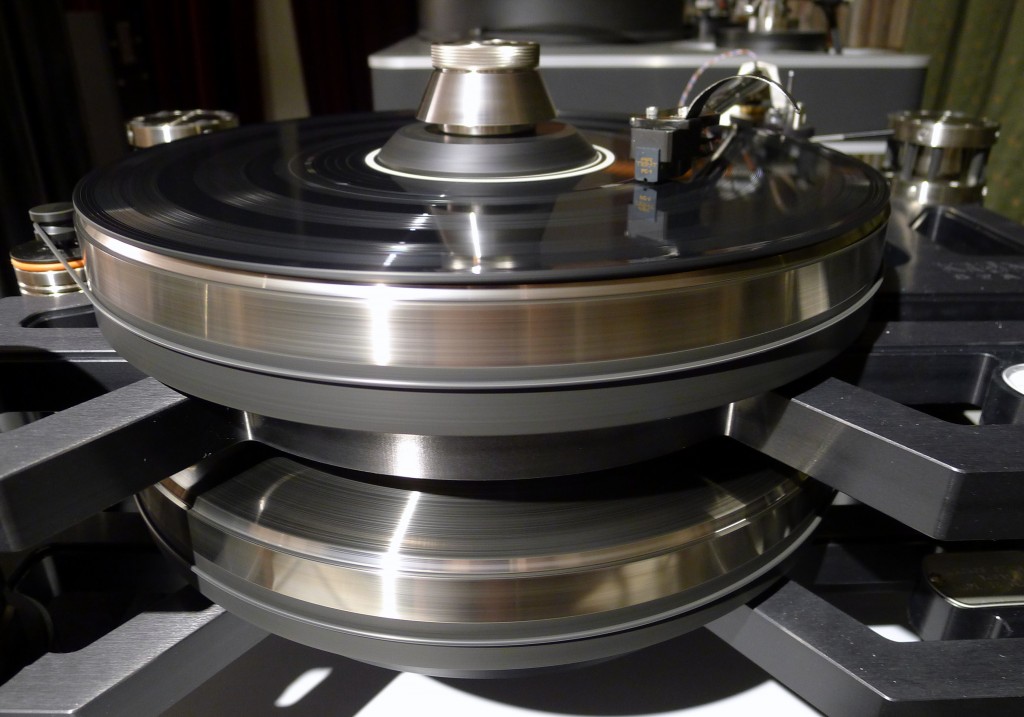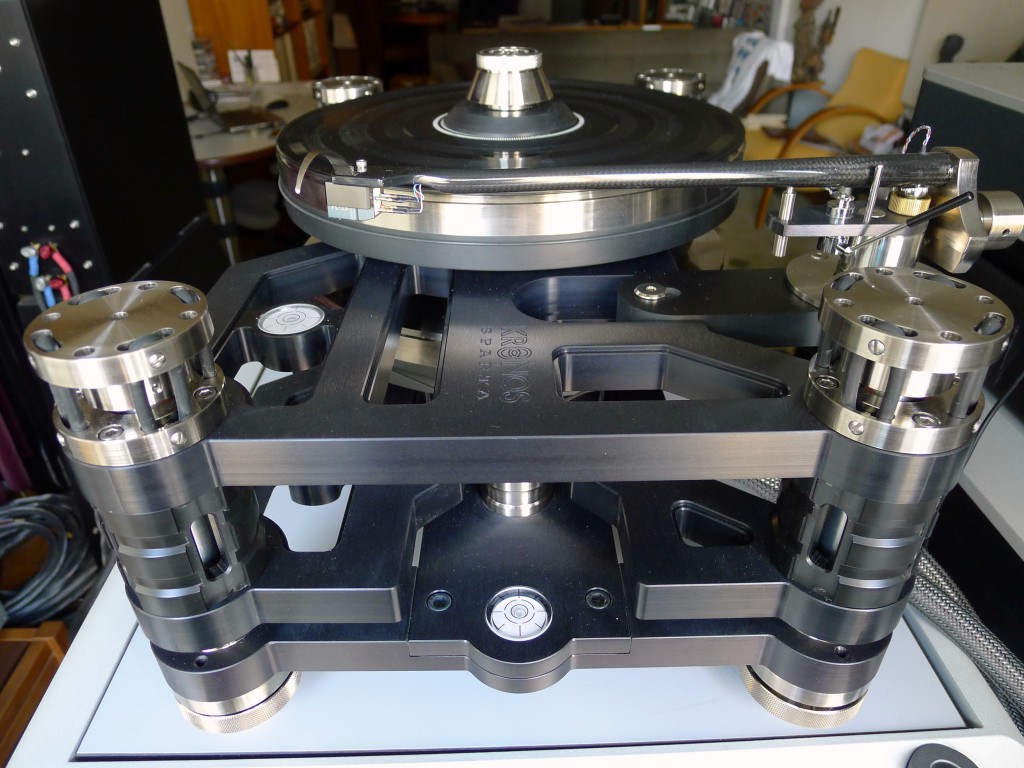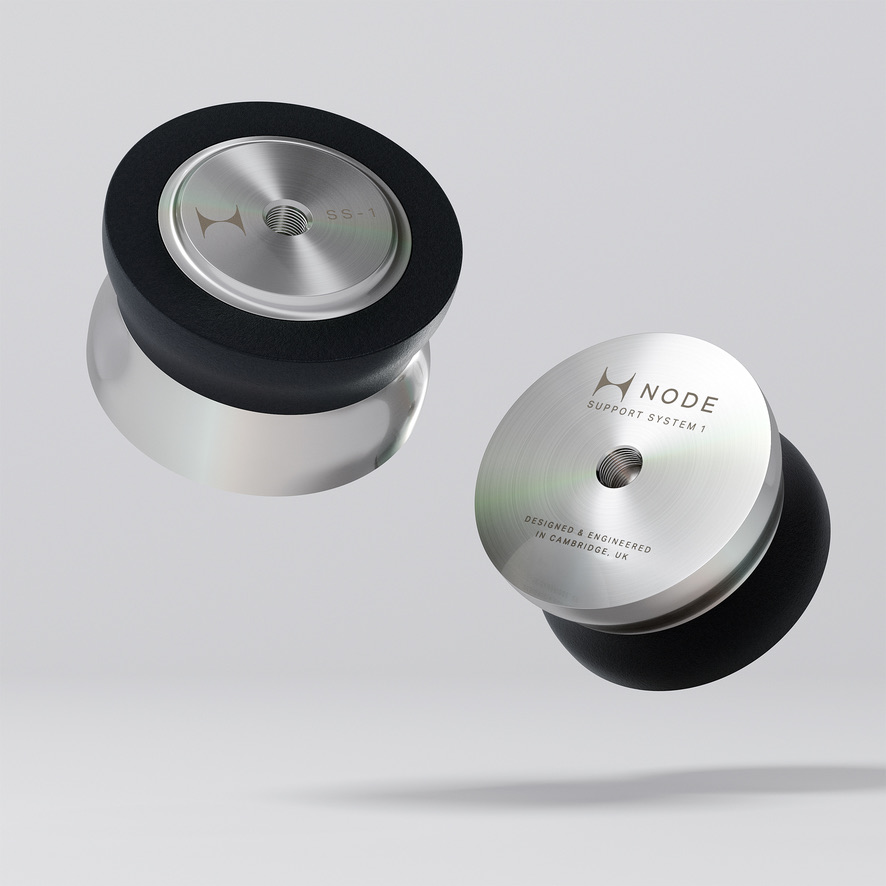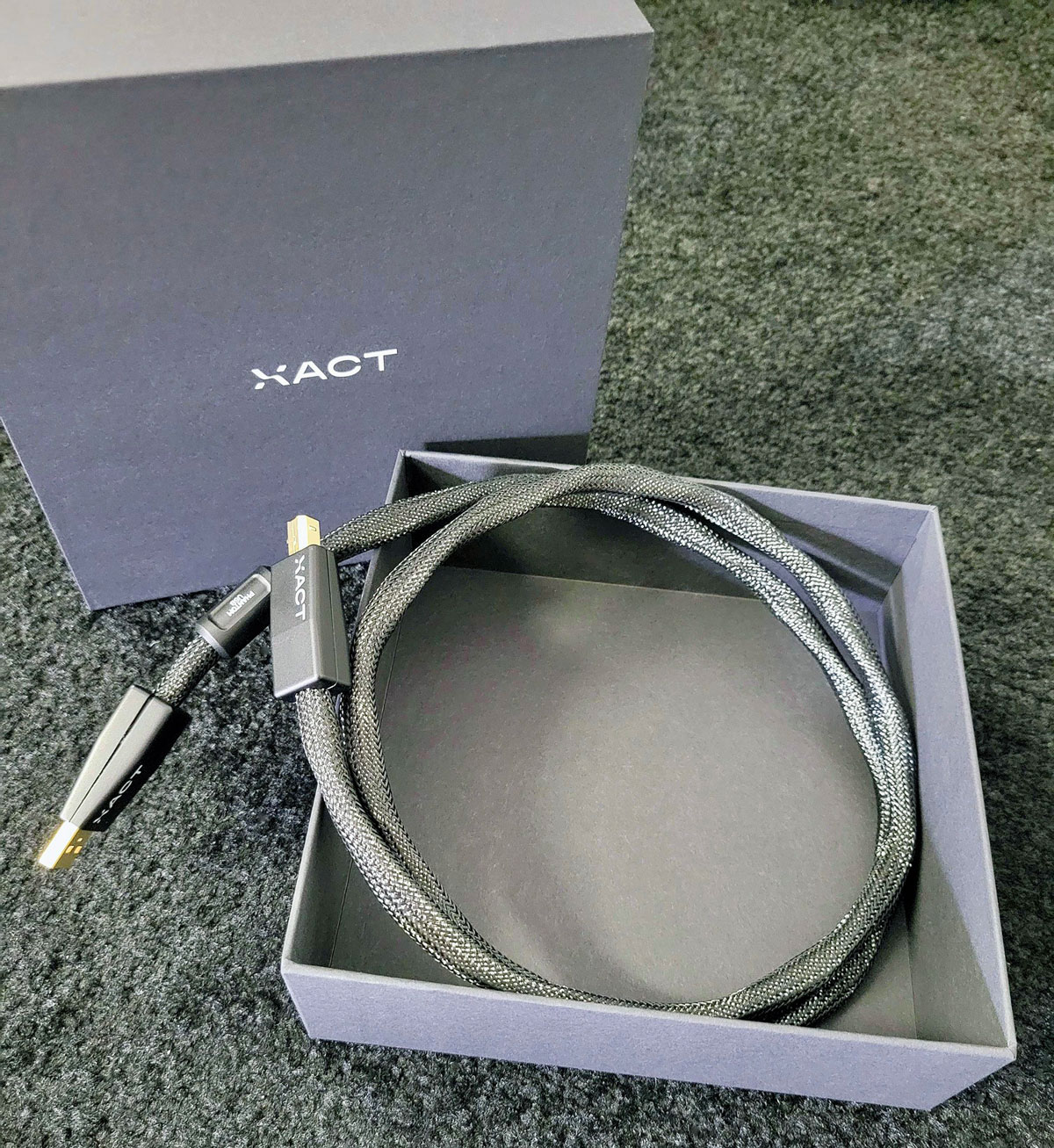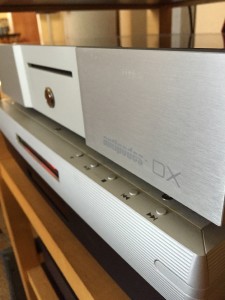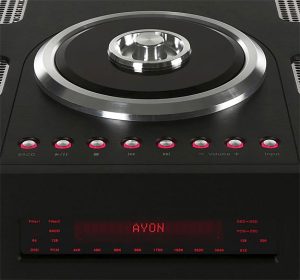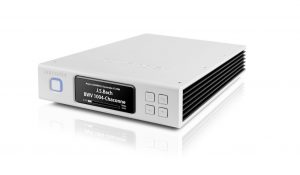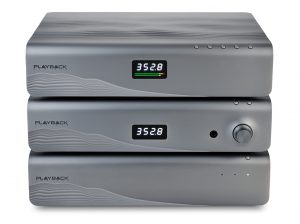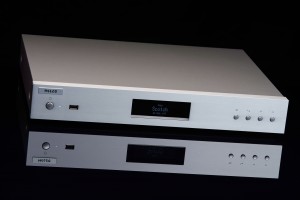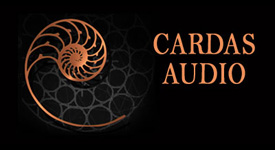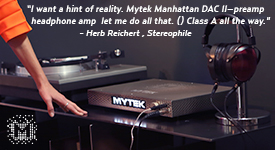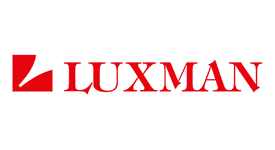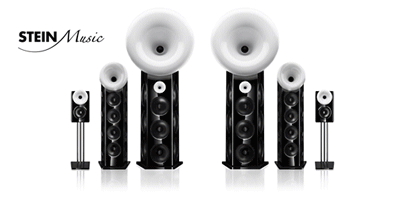The formula is simple. If you voice the component in a way that resonates with enthusiasts, odds are it's going to take off. What's left is securing media coverage to sustain consumer enthusiasm. I was not surprised to see the S1 Music Server from XACT take that route. Once you've heard its big tone—ample body, plenty of low end, along with warmth, bloom, and liquidity—you'll understand. It has a sonic profile reminiscent of the Golden Age of audio that's been pleasing enthusiasts for over sixty years.
The designer went about meticulously selecting parts and circuit layouts known to support purity and fidelity in his pursuit of crafting what he claims is "Digital that doesn't sound like digital. More like vinyl." For instance, the motherboard uses only linear regulators and operates solely on linear power. There are no switching components in the power supply.
The S1 server was the inaugural release from XACT, a Polish company based in Wrocław, Poland founded by Marcin Ostapowicz, the creator of JPLAY (software) and JCAT (hardware). It was soon followed by the Phantom line of reference cables, which I found shared a similar analogue-style voice. Consequently, I became comfortable associating that voicing with the brand.
The latest to roll out is the S1 EVO, an enhanced version of the S1 server, which I have on my rack for review, and it broke that association. I noticed this early, while it was in the later stages of burning-in. I was going about my business when the EVO's siren song beckoned and I responded. "This sounds really good, better than I remember the S1." It retained the Golden Age voicing, only it had been scaled back.
Let's play some music. I chose Chopin - Piano Concertos Nos. 1 & 2, with Krystian Zimerman, soloist and conductor of the Polish Festival Orchestra (DG DSD 64), to see how the EVO handled the keyboard's wide dynamic range. But first, I have to mention the piano's tone. Just as it struck me when the unit was burning in, I was again caught off-guard by that big tone that everyone finds so attractive. The EVO convincingly nails it.
Imaging and Soundstaging
The soundstage contours were slightly wider, deeper, and the 3-D cues, particularly depth, were well-developed. Sounds popped out from all corners, creating a very active stage that was balanced from left to right, i.e. there were no dead spots. With the benefit of that big tone, the EVO hoist heavy, large images into position and swiftly removed them as the music progressed. Moving weighty objects around while maintaining coherent transients is a challenge. I would attribute all of this to the upgraded Master OCXO Clock inside. The original S1 was capable of throwing a large stage with zaftig images, but it lacked the speed, plus its transients were softer.
Underscoring this soundscape, you'll encounter an unexpectedly wide dynamic range. While there's nothing to complain about on the micro side, the big story is the EVO's macros, which will surprise and delight. The original S1 boasts a commendable dynamic range, but falls short of this performance.
Next I cued up Vivaldi: Concerto for 3 Violins in F Major, from Anne-Sophie Mutter Mutter's Virtuosi (DG 24-bit/96kHz) to check out her instrument. The violin's notes were connected and flowing, with all of the requisite body, warmth, and bloom, even as they were individually resolved. XACT images have natural, soft outlines.
Maintaining the "Fool Ya" Illusion
What are we striving for if not to bring the sound of live music into our homes? What does it take to achieve this? Everyone understands it is ultimately unattainable; we can only hope to shave the deficit and come into its vicinity. The illusion is a fragile thing, easily compromised. When shortcomings reveal the electro-mechanical nature of the medium—poof—credibility takes a hit.
Foremost on our list is to acquire components that meet our expectations in the areas we consider important. This is the EVO's formula for success. While some music servers may surpass it in resolution, low-level dynamics, timbral shadings, and some other areas of refinement, the EVO is sufficiently good at these to render them non-issues. It scores no less than an A grade, with special mention for outstanding tone, soundstaging, and macro dynamics. This superior report card ensures the listener does not get distracted by the medium.
Inside
S1 EVO Upgrades
I asked Marcin, "What upgrades are in the S1 EVO and how would you rank them in order of importance?"
- The clock is the most important upgrade. Next the internal cable and the footers. But I also made significant progress in software.
- Master OCXO Clock. A significant upgrade in digital audio performance, the in-house developed Master OCXO Clock ensures remarkable precision and stability.
- PHANTOM™ Music Drive Cable. Utilizing the same high-performance materials and construction as our new PHANTOM™ USB and LAN cables, the PHANTOM™ Music Drive Cable delivers a lifelike, richly detailed sound that brings your music to life with incredible depth and natural realism.
- IMMOTUS™ Mechanical Isolation. Engineered with aerospace-grade aluminum and ceramics, the IMMOTUS™ isolation footers are designed to eliminate detrimental vibrations. This not only improves detail and resolution but also enhances bass precision.
- Improved software. Over the past two years, XACT servers have received a series of free software upgrades.
Cosmetics and Build Quality
The S1 EVO chassis occupies most of a shelf (439 mm W x 315 mm D x 86 mm H. Weight: 9 kg). A thick, brushed aluminum slab wraps around the top and sides, with air vents on top (although it barely gets warm). The harmoniously shaped milled matte black front panel features a large amber On/Off switch. That's it: there's no visual display of what's playing or other status indicators. Around back, there's similarly limited In/Out connections. You need only be concerned with the USB output plug and the first Ethernet port. (There's a total of five Ethernet ports, which come into play when the EVO is alternately configured as an Ethernet switch.)
Since the EVO comes in the same chassis as the S1 they can easily be mistaken. The external clues are a label on the rear with product name and information, and the Immotus CL footers (a vast improvement over the four stick-on rubber bumpers on the S1). When I tap the top of the chassis with my knuckle, it emits a dull, metallic ring. This was the reason I played the Chopin Piano Concerto, to see if the resonating chassis caused blurring—affirmative. But it's less of a problem than with the S1; I did not feel the need to place a weight on top to suppress the resonances. Nor was it necessary to plug the Nordost QKORE ground noise reduction unit into one of its Ethernet ports. (Both of these tweaks were beneficial with the original S1.)
The XACT S1 EVO Setup
For most consumers, setting up a music server can be daunting, often requiring assistance from the manufacturer. That said, setting up the EVO was a piece of cake. Following the instructions provided, I had it up and running in under an hour. It was as advertised in the product brochure, as "simple as can be. Just click the button."
To complement its musical voicing, I surrounded the EVO with neutral wires and accessories. A Crystal Cable Monet power cord connected it to the Audience Adept Response power conditioner. An XACT Phantom USB ran to my CH Precision C1.2 DAC, and a Phantom Ethernet connected to the Nordost QNET switch, which was powered by a Nordost QBASE LPS.
Observations regarding Burn-in
An unexpected turn of events occurred as burn-in was winding down. I swapped to my iPhone to run the JPLAY app. Immediately, the sound became soft and low-res. What was this? Then I recalled Marcin had mentioned the app would sound different on a MacBook compared to an iPhone or iPad. I flipped back to the MacBook to test his assertion and, sure enough, it resumed its familiar character and all was good again. I swapped back to the iPhone once more and, yeah, the sound degraded. I pondered this for a while trying to make sense, before coming up with a couple of factors that may explain.
1. The quality of the hardware in a $3,000 MacBook laptop vs. a $700 iPhone.
2. WiFi versus direct wired. The iPhone is obviously using wifi. The MacBook used a cable to the Ethernet switch.
3. Separate burn-in is required. All burn-in time for the EVO had been done using the MacBook. Maybe each device needs its own burn-in? I gave the iPhone an additional day of play. Big improvement!
I reported all this to Marcin and he confirmed my observations, plus provided some tips:
That's exactly what I'm getting here too. On iPad / iPhone it helps when you disable Bluetooth, put it on airplane mode (with WiFi enabled), enable 'low data' mode for WiFi network and low battery mode.
And yes, changes in network configuration take up to 3 days to settle.
Even after both devices were burned-in, the MacBook sounded better. For some unexplained reason, this holds even when I did the comparison with a file from the EVO's onboard SSD storage. For my final test, I put the MacBook on WiFi. The sound degraded, although still better than the iPhone. In general, streaming Qobuz sounded good—big, full, and present—but the EVO's included 4TB SSD beats it, and that's what I used for the evaluation.
Conclusion
Audiophiles are often stereotyped as nerds for their single-minded focus on individual attributes like resolution, soundstaging, PRaT, or dynamics. This misses the point for many listeners. Before the analytical mindset kicks in, our body reacts instinctively to the overall sound, providing a quick assessment. It only takes a couple of seconds of exposure to determine whether the sound is right or not. Our somatic response is always available if we pay attention to it; the analysis function is a willful afterthought.
I'm certain the designer of XACT products understands and applies this principle. This is evident in how he voices his products. On a basic level, what's more important than tone, dynamics, and full frequency response? What's more crowd pleasing than warmth, fulsome body, and ample low-end? The new S1 EVO Music Server, an upgrade to the S1, engages this somatically appealing voicing just like the original S1, although not to the same extent. Nevertheless, its emotional impact on the listener is undeniable.
While it has less of the Golden Age voicing, its audiophile credentials are stronger. If you're a fan of audiophile bells and whistles, you'll find plenty of entertainment here. That's how the S1 EVO succeeds—by satisfying on both levels. The proof is its sustained engagement of your attention.
Chances are you'll love the S1 EVO if you enjoyed the original S1. The upgrade offers significant value that is worth the additional cost.
XACT S1 Evo Music Server
Retail: $18,600
Phantom USB cable
Retail: $3750/1.2m
Phantom Ethernet cable
Retail: $3750/1.2m
XACT
Distributor
Aaudio Imports

